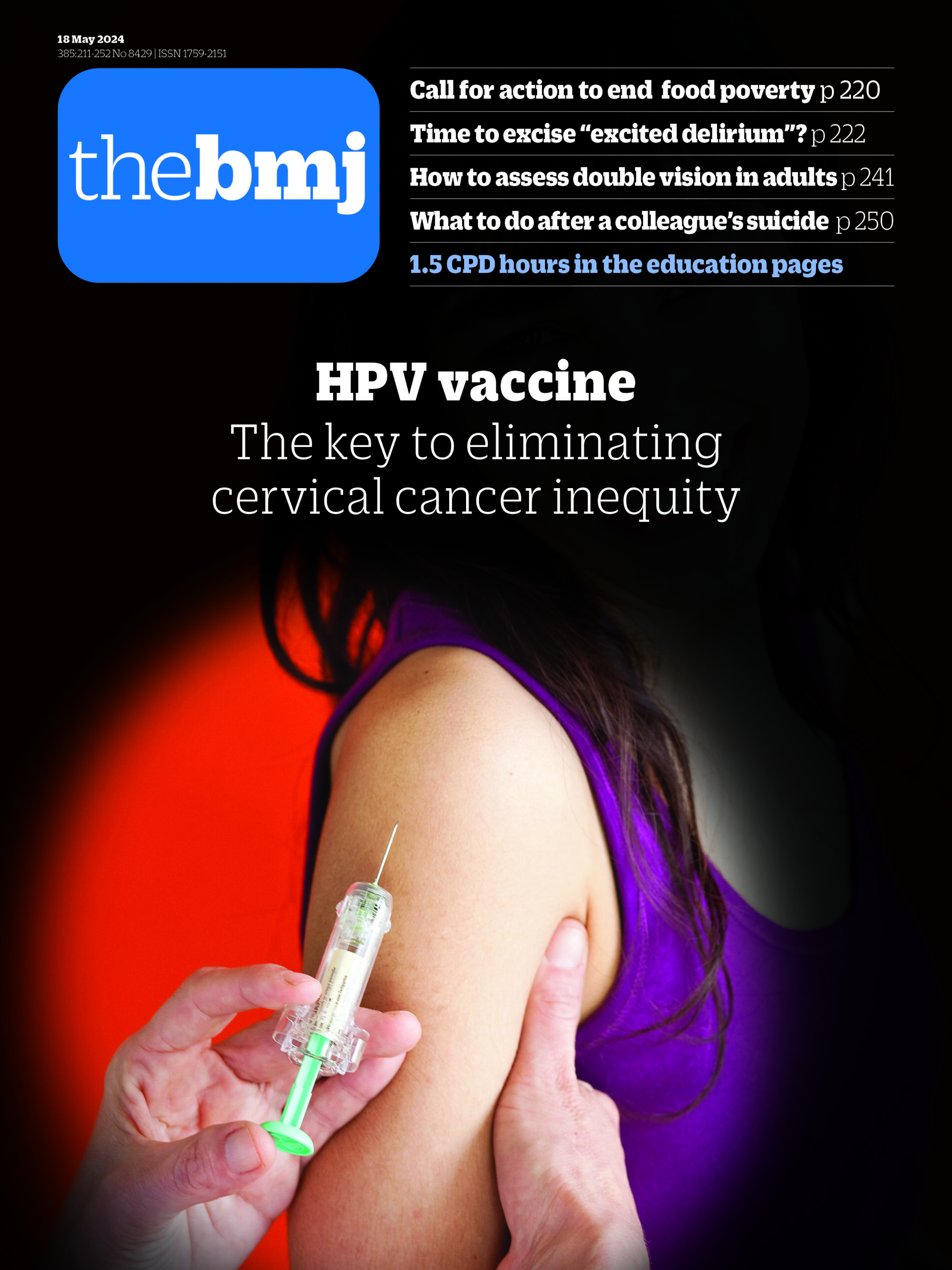In a recent meta-analysis published in the journal Nature, researchers collate, analyze, and discuss the results from over 2,938 published observations to elucidate the global change drivers contributing highest to global surges in infectious diseases, both amongst humans and other non-human organisms. Their study reveals that biodiversity losses, species introductions, climate change, and chemical pollutants directly or indirectly increase infectious disease risk. Contrasting previous reports, deforestation and forest fragmentation play minor, generally insignificant roles in observed host-parasite interactions. Surprisingly, urbanization was found to be associated with reductions in infectious disease risk.
These findings provide important insights into infectious disease determinants and partially explain increased contagious disease prevalence worldwide. They can be used to inform disease management and surveillance policy globally and help policymakers make informed decisions on the most efficient investment of human resources in improving disease outcomes in the future.
Study: A meta-analysis on global change drivers and the risk of infectious disease. Image Credit: Francesco Scatena / Shutterstock
The impacts of anthropogenic changes on global health
A crowning glory of modern human society includes the advances in healthcare and disease management. Unfortunately, reports and scientific publications reveal that emergent infectious disease prevalence is rising at an alarming rate both in human and non-human host-parasite interactions. Previous research suggests that socioeconomic, environmental, and ecological drivers of global change, most of which are anthropogenic, are significantly associated with these observed surges in disease risk. However, these studies usually focus on one or a few drivers, lacking a holistic overview of which drivers have the most significant impacts and, therefore, need the greatest investment to manage.
“Although there are many individual studies on infectious disease risk and environmental change, as well as syntheses on how some drivers of ecosystem change affect infectious diseases, formal meta-analyses are lacking examining how infectious diseases of plants, animals and humans are modified across global change drivers.”
About the meta-analysis
In the present meta-analysis, researchers aimed to collate and analyze available literature on the associations between global, usually anthropogenic-mediated, drivers of change and host-parasite interactions across plants, animals, and humans. They further attempt to elucidate the relative magnitude of each driver’s impact on global infection risk and whether these associations are generalizable or context-dependent. To achieve this, researchers collected publications from three scientific literature repositories, namely the Web of Science, PubMed, and Scopus, pertaining to any of five global change drivers – biodiversity, landscape transformations, climate change, chemical pollution, and species introductions.
Studies were included irrespective of publication type (book chapters, grey literature, conference proceedings, and reviews), or language (non-English publications were translated to English during the screening process) as long as the work was peer-reviewed and drew concise conclusions on the impacts of the global change driver of interest on a pathogen/parasite. Data collection involved extracting any global change disease endpoint metrics (e.g., variance, standard deviation), defining the subcategory of the global change driver, the relevant host and pathogen species, and any other quantified host or pathogen traits. Obvious spelling mistakes were hand-corrected prior to their incorporation into the meta-analysis pipeline.
In cases where a single pathogen could infect multiple, closely related hosts, the various hosts were replaced by a manual assignment of a higher taxonomic order. Given that some hosts and parasites have undergone taxonomic revisions since their respective study publications, the Global Names Resolver platform (Encyclopedia of Life) was used to correct and update any such revisions.
The meta-analysis was conducted in R software (v.4.2.2) using multiple multilevel mixed-effects models. Since the data was observed to have numerous effect sizes (and sometimes included multiple, non-independent observations within the same study), all included mixed-effects models were corrected using study-level and observation-level random effects, followed by a robust variance estimator.
“We first estimated the overall grand mean and the total heterogeneity explained by the random effect terms. Second, to test for the effects of broad global change drivers on disease, we conducted a meta-analytical model with global change driver as the moderator. Third, to test whether global change driver subfactors differentially affect disease, we conducted a meta-analytical model with the subfactors of global change drivers as the moderator. Fourth, we sought to test for context dependencies of the effects of global change drivers on disease.”
Publication-specific biases were evaluated using funnel plots, multilevel meta-regions, the publication year, and a moderator variable (the latter doubles up as a test for time-lag bias).
Study findings and conclusions
The literature screening process identified 972 publications comprising 2,938 observations of 1,006 parasite species, 480 host species, and 1,497 host-parasite interactions. Encouragingly, every continent (except Antarctica) was well represented in the final dataset, with more than 20 field studies per country per identified driver for both high-income and low- to middle-income countries (LMIC). The only exceptions with six and three LMIC publications were chemical pollution and introduced species, respectively.
The results of this meta-analysis highlight biodiversity losses, chemical pollution, climate change, and invasive/introduced species as the most important determinants of rising global disease risk. These findings were found to be consistent across both human and non-human host-parasite diseases, albeit in a highly context-dependent manner.
“End points from parasites with complex life cycles, such as macroparasites and vector-borne pathogens, decreased more with habitat loss/change, increased more with biodiversity change, and responded less strongly in response to introduced species compared with end points from parasites with simple life cycles, and ectoparasites increased more in response to introduced species compared with endoparasites.”
Despite individual publications suggesting that deforestation and forest fragmentation were major drivers of global infection risk, the current meta-analysis reveals that these drivers play minor, often insignificant roles in observed disease prevalence. Surprisingly, urbanization was found to be associated with reductions in infectious disease risk, albeit the mechanisms underpinning these observations require additional research before urbanization can be considered an anti-disease strategy.
In summary, the present meta-analysis identifies and highlights the global change drivers contributing most significantly to rising disease prevalence across plants, non-human animals, and humans. This, in turn, provides policymakers with the knowledge required to allocate limited resources to attain ideal disease risk mitigation worldwide.










